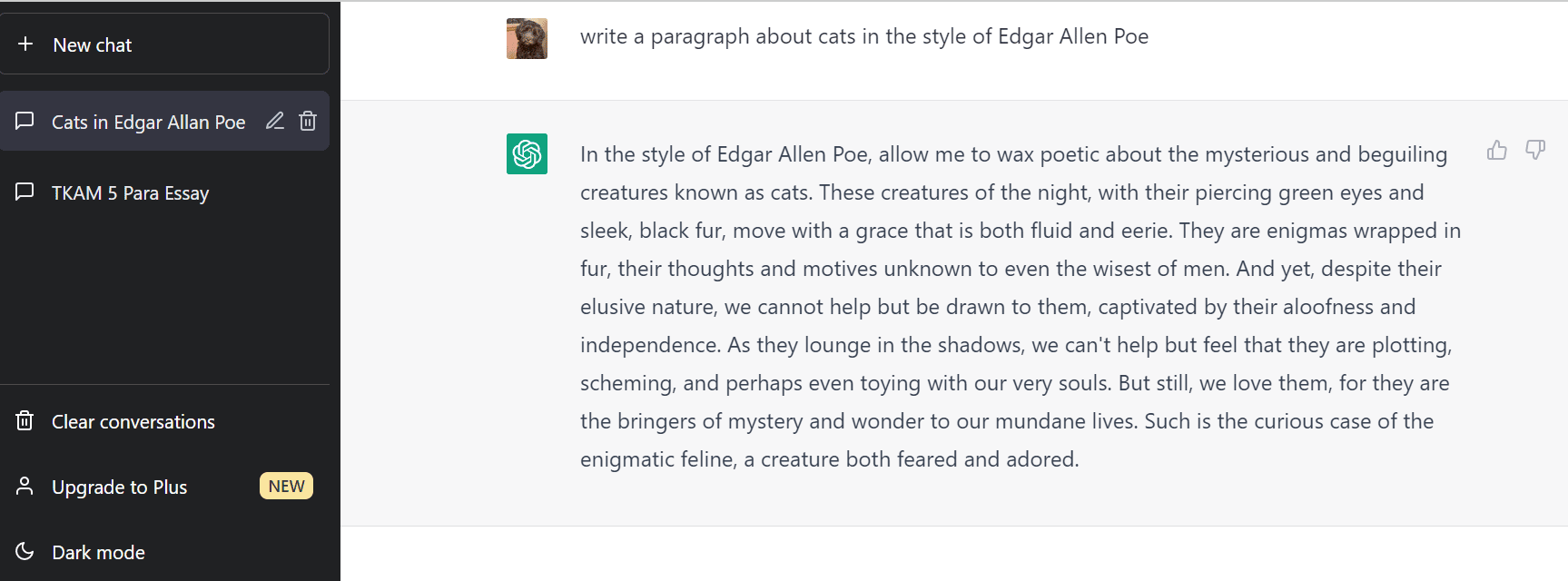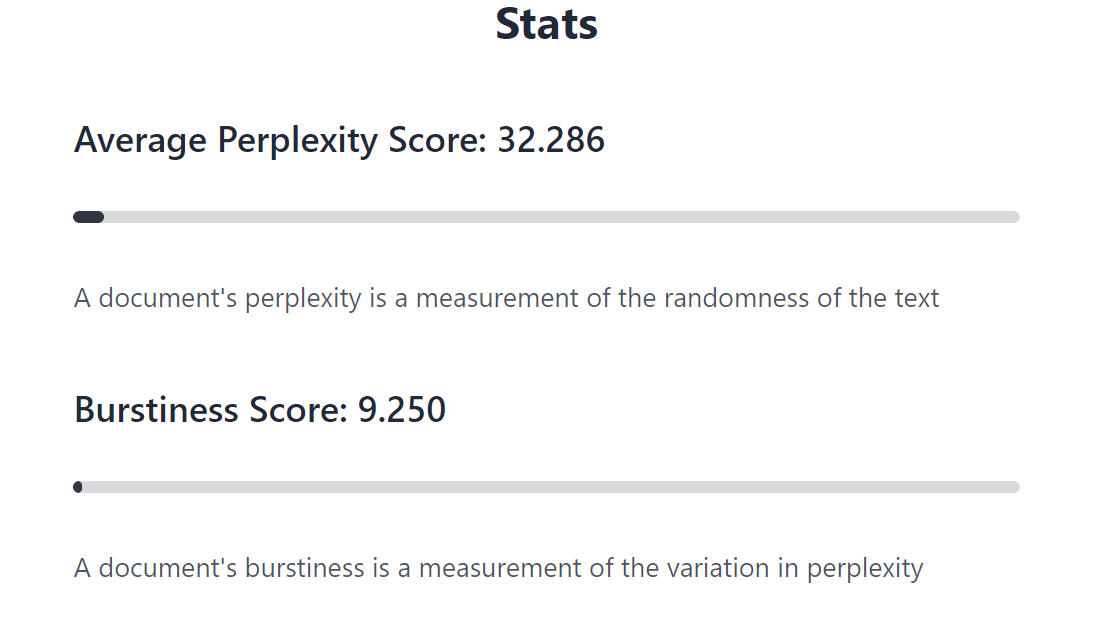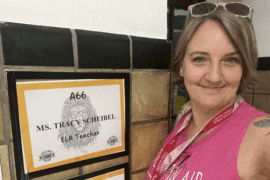Can ChatGPT Help Teachers? An Educator Weighs the Challenges and Opportunities
Author David Wong said, “New technology is not good or evil in and of itself. It’s all about how people choose to use it.” The “new technology” people are currently buzzing about at many colleges and high schools is ChatGPT. If you haven’t heard of it yet, ChatGPT is a chatbot that was created by OpenAI and launched for public use in November 2022. It is currently free with a “Plus” version available for $20 per month. It is an incredibly intuitive AI system that can answer questions and write almost anything requested with amazing speed and accuracy. What really sets it apart from other chatbots, is that it can even write in certain styles and tones (see my sample request below for a paragraph in Edgar Allen Poe’s style and the response generated in less than 30 seconds). As an English/Language Arts teacher, my initial thought when I first saw ChatGPT was “students will use this to plagiarize everything!” My teacher instincts wanted to immediately label this new technology “bad.” But as the opening quote states, technology is only bad when we use it to do bad things. So with an open mind, I set out to investigate how this program could be used for good, and how teachers can work to mitigate the possible “bad” created by it.
As an English/Language Arts teacher, my initial thought when I first saw ChatGPT was “students will use this to plagiarize everything!” My teacher instincts wanted to immediately label this new technology “bad.” But as the opening quote states, technology is only bad when we use it to do bad things. So with an open mind, I set out to investigate how this program could be used for good, and how teachers can work to mitigate the possible “bad” created by it.
ChatGPT Can Save Teachers Valuable Time
If I’m being honest, once I calmed down about the potential for students to plagiarize in my class, my next thought about ChatGPT was “I could use this to create exemplar writing for students. This would save me so much time!” I got even more excited when I learned that I could paste a text into the program and ask it to rewrite it at multiple grade levels. This is a game changer if you need to quickly differentiate based on reading level.
And as I’ve continued to talk with colleagues and do more research, I’ve realized so many more ways this program could save teachers time, especially with mundane writing tasks many teachers need to complete each week. It could be used to
- write generic lesson plans or create lesson plan templates
- Write emails
- Write SMART goals for teacher evaluations
- Write letters or recommendations (if given certain personal qualities to highlight)
- Help special education teacher with writing IEP’s and 504 plans
Angela Watson recently interviewed Dr. Monica Burns, an author and advocate for educational technology, on her podcast Truth for Teachers. They specifically discussed the power of ChatGPT to make teachers’ lives easier (using many of the ideas I stated above) and even created a free .pdf to help teachers “simplify their workload” using ChatGPT. It’s a great resource for any teacher new to the AI system.
Being Proactive to Stop Plagiarism
Even for all the cool and helpful things this technology can do, the fact remains that ChatGPT can absolutely be used to plagiarize many writing assignments. And currently plagiarism checkers like Turnitin are not able to detect much of the writing coming out of ChatGPT. Knowing this, I think it’s imperative that secondary and post-secondary teachers start to make a plan.
First, we need to make sure our writing assignments are authentic and require students to make a personal connection to the topic. Making personal connections is something that a chatbot cannot replicate or fake. Especially when it comes to analyzing a text, we could also consider having students blend writing with visuals in a more creative one-pager assignment. Betsy Potash from Spark Creativity offers free one pager templates for teachers to use.
Second, there is already technology being created to detect AI writing…using AI. The battle of the bots! The most popular right now is GPTZero, a free software that allows you to paste or upload a text and determine the likelihood that it was created by AI. I tested it out with my Edgar Allen Poe inspired paragraph that ChatGPT had written, and it resulted in “Your text is likely to be written entirely by AI.” It went on to show the stats below. The program looks for both a document’s perplexity and burstiness (both explained below) and uses those scores to determine, with surprising accuracy, if it was AI generated. I will definitely be using it to check suspicious texts turned in by students. Finally, another way to help students avoid relying on chatbots to do their writing is to lead them through the writing process, from brainstorming to editing the final draft, in class. As they work through the process, students can complete some of it on paper vs. on the computer. I often do this for outlines and rough drafts, and I have found that many of my students actually prefer starting their writing on paper before moving to the computer. Working through the writing process together, and conferencing with my students along the way, allows me to see their ideas develop. This makes it much easier for me to know when a final paper could contain plagiarized ideas that are not their own.
Finally, another way to help students avoid relying on chatbots to do their writing is to lead them through the writing process, from brainstorming to editing the final draft, in class. As they work through the process, students can complete some of it on paper vs. on the computer. I often do this for outlines and rough drafts, and I have found that many of my students actually prefer starting their writing on paper before moving to the computer. Working through the writing process together, and conferencing with my students along the way, allows me to see their ideas develop. This makes it much easier for me to know when a final paper could contain plagiarized ideas that are not their own.
I would urge all teachers out there to keep an open mind, and carefully consider what ChatGPT could bring to the classroom, the good and the bad. Whether we like it or not, AI technology is only going to grow more sophisticated in the future. We will inevitably have to modify and adapt what we do as educators to keep up. I’m choosing to view this as a challenge, not a burden.
-Megan Panek





